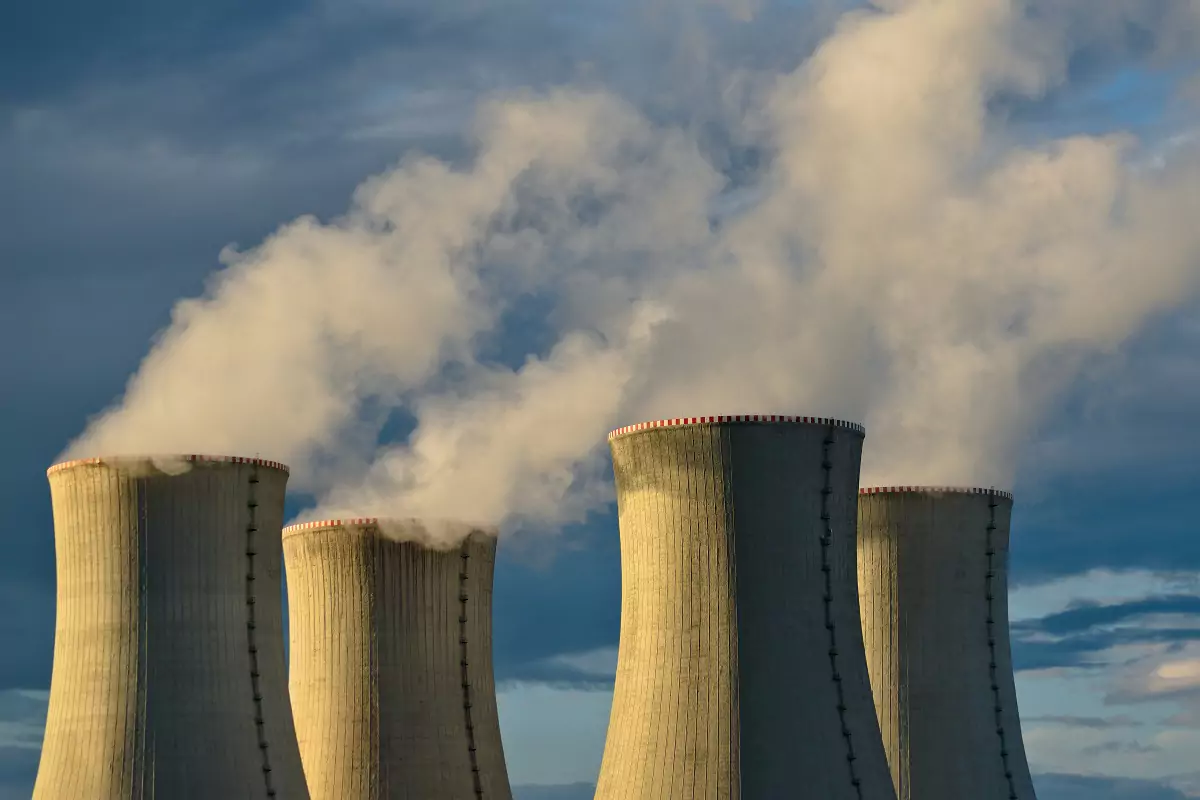The Tricastin 1 nuclear reactor in southern France has become the first in the country to be certified “fit for service” after the standard 40 years of operations. Here’s an explanation for the controversial extension.
France’s fleet of nuclear reactors is aging. In the next decade, more than half of France’s 56 reactors will reach their fourth 10-year inspection. Previously, that would have meant that the 32 sites would have ceased to operate by 2033, but officials have decided to take a new course and instead renovate and modernise these existing sites to allow them to continue their functions beyond the 40-year mark.
And that’s precisely the case with the Tricastin Nuclear Power Plant, which consists of four pressurized water CP1 type reactors with 915MW electrical power output each. Found near Saint-Paul-Trois-Châteaux, on the Vaucluse side of the border with the Ardèche, the Tricastin reactor has been given a 10-year extension, meaning it will remain in operation until its 50th anniversary and possibly beyond.
€66 billion to renovate an aging fleet
Major renovations began at Tricastin in 2014 with the goal of extending the reactor’s lifespan in this way. These works are part of the Grand Carénage refit programme, which is reportedly costing the French government €66 billion and seeks to achieve the same results in other aging reactors around the country.
France is also planning the construction of six “next generation EPR” reactors before 2050; a project that is estimated to cost €52 billion.
Despite safety reassurances from the government, the plans aren’t without controversy. Those opposed to the extensions point to various environmentally and meteorological issues that organisation such as Greenpeace say haven’t been properly addressed.
The increase in heatwaves in southern France is one particularly relevant to Tricastin. Warnings were given earlier this summer over concerns that the warmer waters of the Rhône River would make it difficult to sufficiently cool the reactor.
Other countries around Europe are facing a similar situation of aging reactors and concerns over extensions. Decisions are being made at national level.
Europe meets energy storage goals
In other European energy news, the bloc has almost reached its energy storage goals for the coming winter.
Gas storage is just under 90% capacity, which is the mandatory target that was set in 2022 for November 2023 after the outbreak of the Russia-Ukraine war.
This target will ensure that the EU has enough to power itself through this winter and is in part due to the joint gas purchasing platform set up by the EU in the aftermath of the crisis in Ukraine, which had seen individual European states compete against each other to buy gas from non-Russian suppliers.
Make sure you’re never left out of the conversation.
Sign up for the Monaco Life newsletter, and follow us on Facebook, Twitter, Instagram and LinkedIn.
Stock photo source: Lukáš Lehotský, Unsplash
